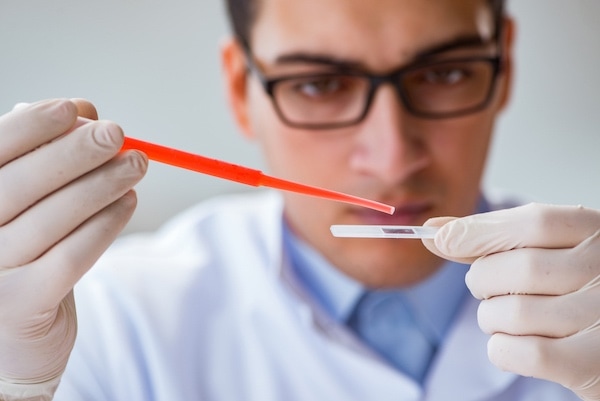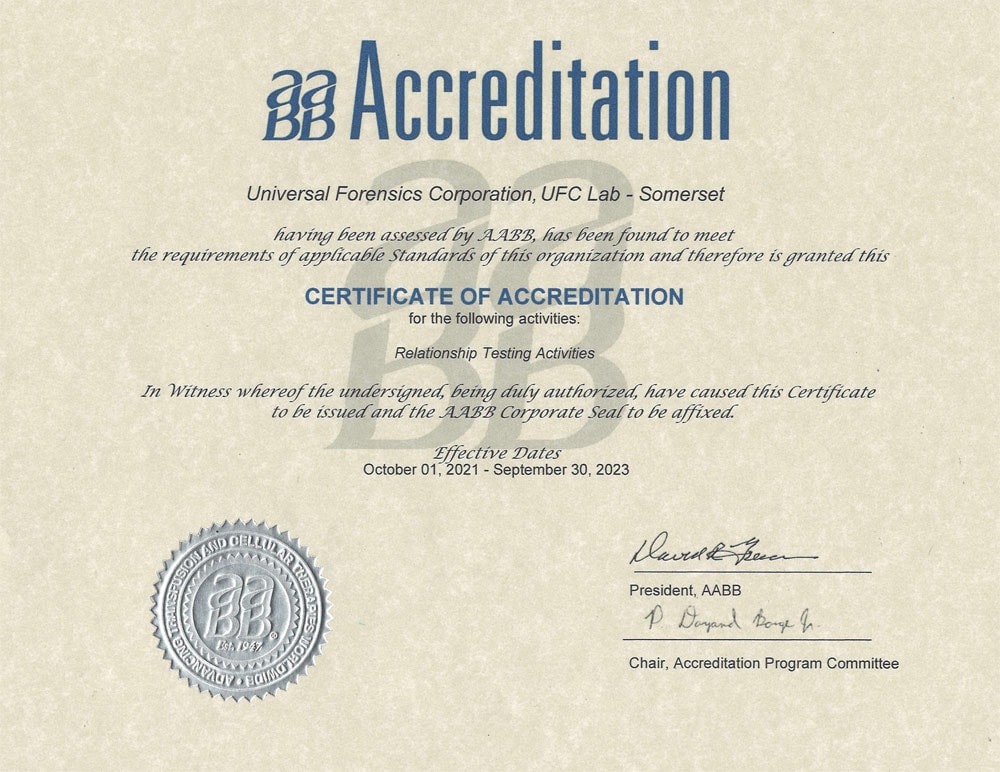How DNA Testing Works

As we have talked about in many of our previous blog posts, DNA testing has helped our world in so many different aspects. What we haven’t discussed is how DNA testing works. As someone who has used a DNA test, whether it be to discover ancestry or a paternity DNA test, you just know that you swab your cheek and send it to a lab. Well, we want to give you the insight as to how labs discover the information they do when they receive a DNA sample and get the results that are given back to the person that sample belongs to.
So, let’s start at the very basis of it all: DNA. DNA is the referred to as the “code of life”. It makes up every living thing in this world and has provided us with a great amount of knowledge as to how living things function. DNA is an interesting topic of discussion because every cell in a single person contains the same DNA, but everybody’s DNA code is unique and no two people have the same exact DNA code.
Each person’s DNA code is obtained from their biological parents. You get half of your code from your mother and the other half from your father. Human DNA is formed by chromosomes which are tightly coiled strands found inside the cell nucleus. When DNA testing is being performed by a person, they take a swab of the inside of their cheek which breaks up the cell and extracts their DNA. Depending on the purpose of the DNA test determines how that sample is tested.
Most test samples are run through Polymerase Chain Reaction (PCR) which essentially replicates the DNA before cell division all within a test tube. This form of testing is commonly used in the scientific community for multiple different tests and also a common method used in paternity DNA testing. For this specific test, the sample is run through a PCR and tested at multiple different locations to determine a pattern within the sample. This analysis of patterns within the DNA is called Short Tandem Repeat (STR) Analysis and the section of repeated DNA is defined in loci. Each loci is designated a chromosome location and since chromosomes are presented in pairs then there are usually two numbers for each person at each location. These repeated locations are represented as alleles. A parent and child must share a common allele number to be biologically related. Once each of the locations is analyzed, they are calculated to provide a statistic on the probability of biological relationship.
There you have it, folks. The science behind DNA testing and how it is used to link to people together. Not that this information will make you choose to or not have a DNA test, it is valuable information to know and how labs return the results they do back to you.







